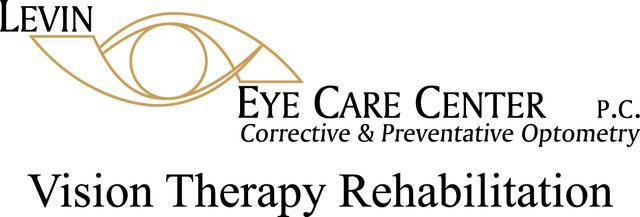Myopia, or nearsightedness, is a growing problem among children today, with diagnosis rates increasing yearly. It’s vital to manage myopia in children to ensure they can maintain good vision throughout their lives. But why is myopia management for children so important, especially in school? Let’s take a closer look.
The Importance of Good Vision for Learning
Good vision is essential for children’s success in school and can better take in the information presented in the classroom, whether written on the board, in a textbook, or computer screen. This is especially important in the early school years when children are still developing their reading and writing skills. Good vision helps children focus, concentrate, and retain information easier, setting them up for success in the classroom and beyond.
The Link Between Myopia and Learning
Myopia can have a significant impact on children’s ability to learn. Children with myopia have trouble seeing things clearly in the distance, making it difficult to see the board or a teacher’s gestures from their seats in the classroom. This can make it difficult for them to fully participate in class and comprehend, leading to lower grades and difficulty keeping up with their peers.
Children with myopia are also more likely to experience eyestrain and headaches, which can further impact their ability to focus and concentrate in the classroom. Over time, myopia can progress if left untreated, leading to more severe vision problems, such as retinal detachment or cataracts!
Myopia Management for Children
The good news is that myopia can be managed, and several options are available to help children succeed in the classroom. Some of these options include:
- Prescription glasses or contact lenses are the most common form of correction for myopia and can help children see things clearly in the distance.
- The 20-20-20 rule: When using a digital device for extended periods, every 20 minutes, look at something 20 feet away for 20 seconds.
- Limit Screen time: Train children to use screens 24 inches or farther away rather than under 12 inches, which is too close to the eyes.
- Lifestyle changes: Encouraging children to spend more time outdoors and engaging in physical activity can help reduce the risk of myopia progression.
The Importance of Regular Eye Exams
Regular eye exams are essential for myopia management in children. Eye exams help identify myopia early on and track its progression, allowing doctors to make any necessary adjustments to the child’s prescription. Regular eye exams also help detect other vision problems affecting a child’s ability to learn, such as astigmatism or amblyopia (lazy eye).
In conclusion, myopia management is essential for children’s success in the classroom. Good vision is critical for learning, and children with myopia are at a disadvantage if their condition is not correctly managed.
If you have concerns about your child’s vision, schedule a comprehensive eye exam with Levin Eye Care Center. With the proper treatment and lifestyle changes, children with myopia can maintain good vision and continue to succeed in the classroom and beyond!
